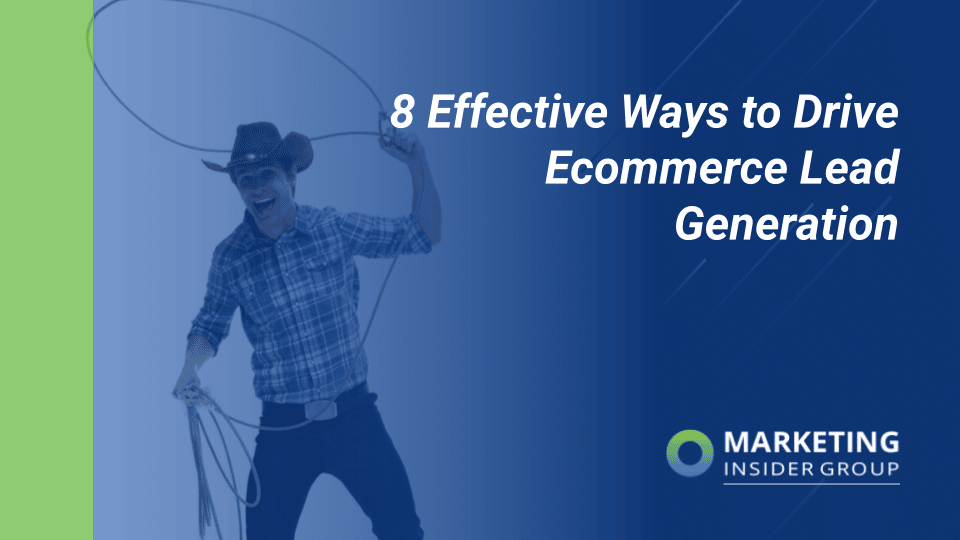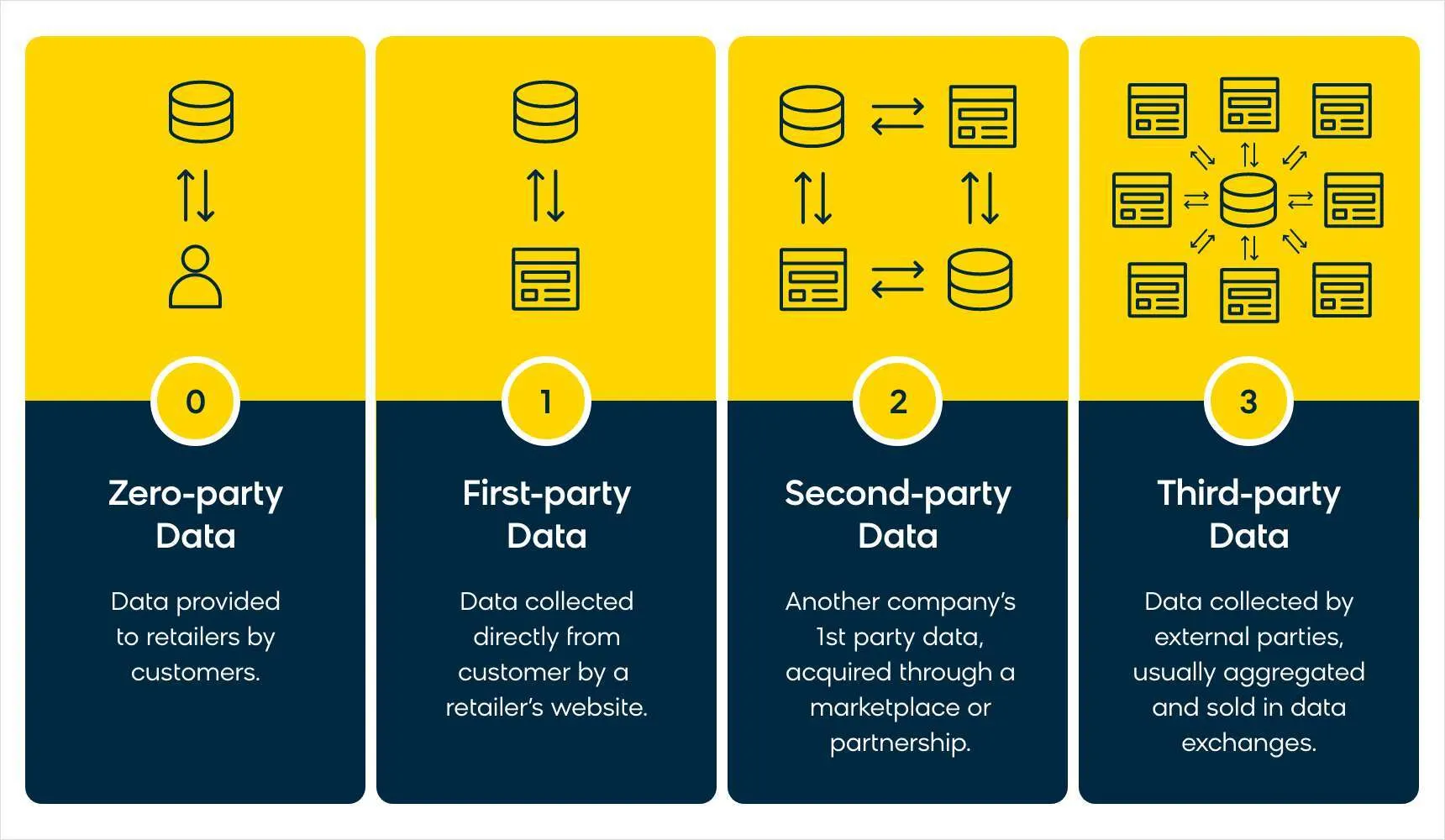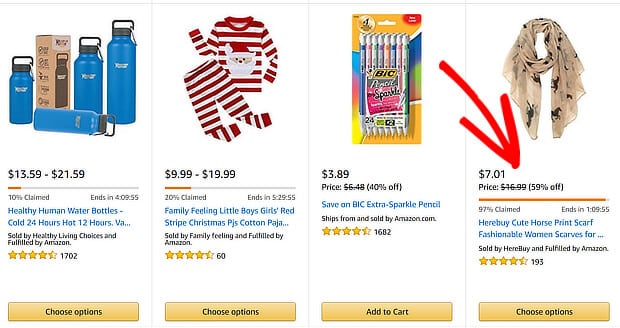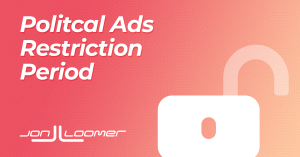
The internet– amplified by the pandemic– has revolutionized the way people acquire goods and services, thus giving birth to a robust e-commerce industry. There are 3.9 million e-commerce companies in the US, creating some heavy competition.
With all these options available at customers’ finger tips, the right lead generation strategies should be in place to make sure you are reaching (and roping in) the right audience.
Even then, you can lead a horse to water but you can’t make him drink it.. But you probably could by telling him the water will be gone in 30 minutes! The e-commerce industry requires more specific methods of generating and converting leads that other industries do not.
Key takeaways:
- Cookies are great– for now. Use the data while you can, but prepare for a time when user information is less accessible.
- Don’t underestimate email marketing. Build your subscription list and entice customers with psychological tricks (the good kind, of course).
- Create content your consumers can use! Capitalize on social media with paid ads and online with quality blog posts to improve SEO rankings.
Here are some techniques you can apply to generate more leads for your e-commerce business:
Use Cookie Data While You Can
While they’re still here with us, cookies are an excellent tool for retargeting. If your visitors don’t purchase after their first visit, encourage them to return by quickly reminding them of a product they viewed even when they are on a different website (i.e. Facebook).
The cookies demise has been pushed back a few times now, so their future is uncertain. At least for the rest of 2023 you can capitalize on the benefit they offer. But looking ahead…
Plan for a Cookie-less Future
That future is zero-party data. Zero-party data is information that a user consciously shares with a business or website. This data can be acquired through surveys, editing a website or apps preference centers, purchase intentions and more.
Zero-party data is different from first-party data in the fact that zero party data is volunteered while first-party data is collected by a website tracking user activity. The user is being observed rather than offering their own information.

Image Source: Bloomreach
The difference is important to note when we beg the question, why are cookies dying in the first place? The answer is plain and simple; people are becoming increasingly concerned about their privacy online. Zero-party data is the most ethical way to acquire information about your consumer.
If you want to remain relevant and successful in the cookie-less future that is sooner than you may think, start collecting zero-party data ASAP.
Optimize Your Email Marketing Efforts
An email address is much easier to obtain than a sale, so make sure you’re taking advantage of it! Don’t let a potential buyer’s email address collect dust. Email addresses are the gateway to talking to your customers.
Send a welcome email, follow-ups, a newsletter and throw in a few discounts. This gives your potential customer a few opportunities to circle back and cross the finish line to purchase your product. The most effective means of email communication…
Offer Discounts and Deals– for a limited time only!
The way you talk about products on your site affects what visitors think of them. By creating urgency around your product, customers will be psychologically influenced to purchase faster. FOMO is real people!

Image Source: Optinmonster
People will do anything for a deal, so use this to your advantage. Encourage both first-time visitors and existing customers to sign up for your newsletter. The key is to give them something instantly in return, like a 10% discount voucher. This strategy is a popular incentive for email collection, which should be a top priority in your lead generation efforts.
Optimize Your Web Design
If your website’s UX design isn’t polished, visitors may get confused. The primary goal is to make things simple and straightforward so that your buyers can successfully go to the checkout page without getting lost. The same goes for your call-to-action buttons. Use big fonts and colors that are attention-grabbing yet pleasing to the eyes, so they know what to do.
Another design consideration to take into account is the need for conversion rate optimization. This means regularly analyzing your conversion performance and running experiments to find the best-possible strategies for enticing sales.
Don’t forget to optimize your website for mobile. People shop on the go, all the time. If your text is too difficult to read or your site is too tricky to navigate, you may risk losing a customer’s interest.
Increase Social Media Presence
E-commerce is living in a world of social media and the internet. Most people spend an accumulated 2.5 hours or more on their social media accounts. Take advantage of this by investing in Facebook, Twitter, LinkedIn, and Instagram ads. Most platforms allow you to include a link to your website and showcase your products in a carousel format.
Additionally, offer a sneak peak of your collection on social media. Features such as the Shop on Facebook Pages and Instagram Shoppable make things convenient for your audience. Plus, these tools can help boost your brand awareness by putting it in front of as many people within your target market as possible.
Improve Your SEO Ranking
If people aren’t visiting your site, there will be no emails to collect, surveys to conduct or people to target! The best way to drive traffic is to ensure you have good SEO practices in place, so your store ranks well on Search Engine Results Pages (SERPs).
When it comes to brand visibility, search engines are your bread and butter. If you can successfully rank your website well organically, that’ll mean a steady flow of visitors to your site and consistent growth of your sales funnel, for free!
Research the most commonly used keywords and search phrases and incorporate them into your product descriptions. Continuously monitor the SEO trends and invest in SEM and paid search ads to propel your lead generation efforts forward.
Create Quality Content for Your Website
Take your SEO optimization a step further and start blogging! Answer your customers’ questions, not only about your product but about the space you’re in. When people look to you as a source of trustworthy information, your traffic will increase. Even just posting at a regular cadence increases your traffic significantly.

By answering questions related to your industry, even in a broad sense, you target top of the funnel consumers who might be your next perfect customer. And with more specific topics, bottom of the funnel, ready-to-purchase consumers will find your page and hence, your product.
Get started today!
Competition in the e-commerce industry is fierce, but finding new and improved methods of attracting the right buyers and turning them into leads will help you stay in the game. Contact information is the currency of a great inbound marketing strategy for e-commerce.
Focus on the customer and use real insights to improve your value proposition. The more you know about your target audience, the better you can tailor-fit your processes, increase delivered value, and generate more e-commerce leads.
Need help developing quality content to reel your next customer in? You’ve landed in the right place. Check out our SEO blog writing service or schedule a free consultation to learn more about how blog writing can help your e-commerce business grow.
The post 8 Effective Ways to Drive E-Commerce Lead Generation appeared first on Marketing Insider Group.


